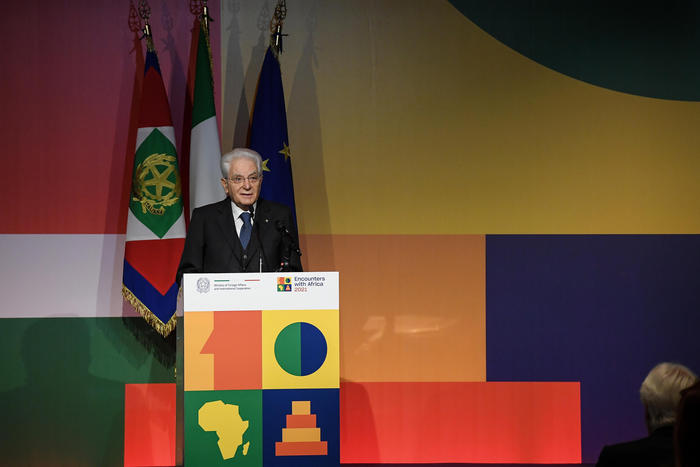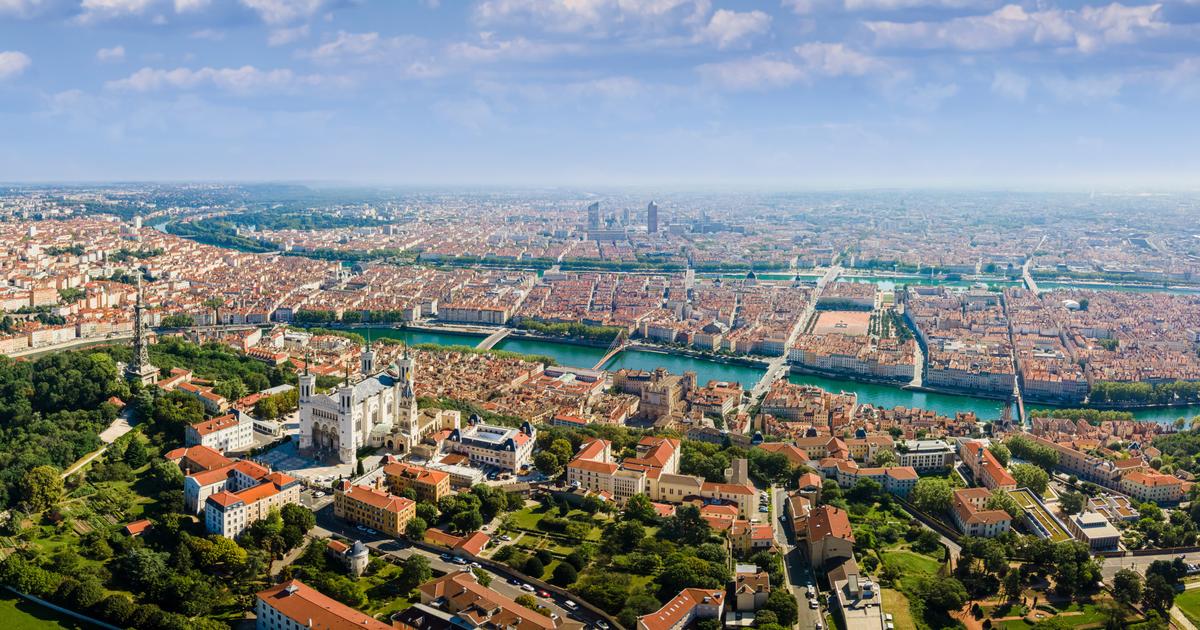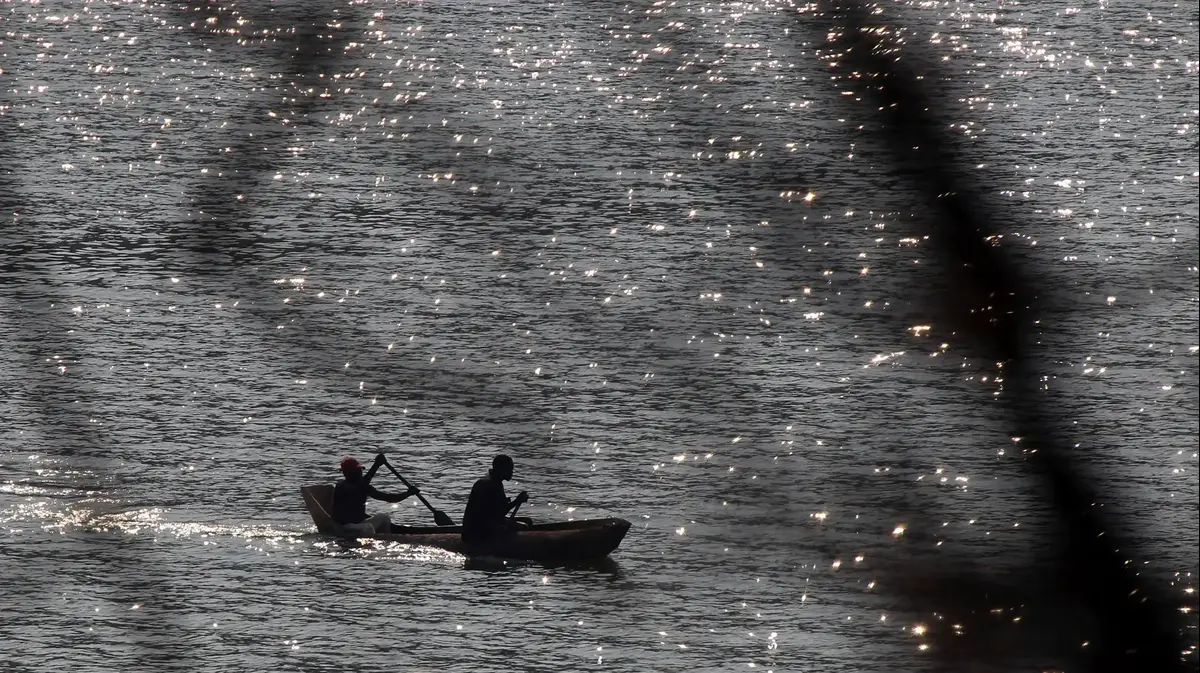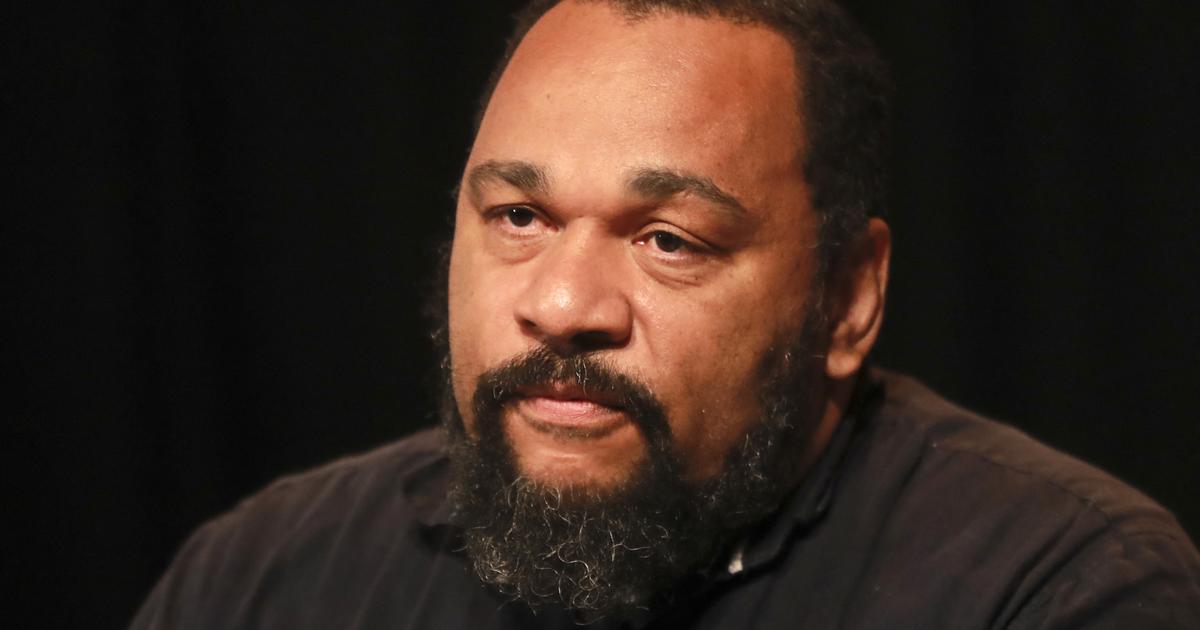Mozambique: history, politics, population and geography
Created: 05/03/2022, 16:13
Statue of Machel Samora in Independence Square in Maputo, capital of Mozambique © Eunika Sopotnicka / IMAGO
Mozambique has beautiful beaches on the Indian Ocean.
Nevertheless, numerous riots are raging in the supposed paradise.
In addition to natural disasters, the country has also been hit by terrorist attacks in recent years.
Mozambique was still under the rule of the Portuguese colonial power into the 20th century.
The paradise on the Indian Ocean was shaken by a severe flood disaster in 2000 and 2019.
The jihadist group al-Shabab has been carrying out attacks in the country since 2015.
Maputo – Mozambique, which covers more than 800,000 square kilometers, looks like a true holiday paradise at first glance.
The country has kilometers of idyllic beaches along the Indian Ocean as well as marine and nature parks.
The country in south-east Africa is not only one of the poorest countries in the world, but is also extremely risky.
The reason is not only the poor infrastructure and the high risk of infection with tropical diseases, the state also has to contend with major political challenges.
Mozambique: Early Peoples and Cultures
The San lived here thousands of years ago.
These were Bushmen who went hunting and gathered fruit.
These were later supplanted by the Bantu peoples, who settled largely in south-eastern Africa in the first century AD.
With them began the Iron Age and thus also agriculture, as evidenced by ceramics and tools from the city of Chibuene.
In the 8th century, Swahili spread to the coastal region of Mozambique.
This people had an Islamic culture, founded cities like Mombasa, Lamu, Zanzibar City or Bagamoyo and traded with India and Persia.
However, their wares included not only precious goods such as gold, tortoise shell or ivory, but also slaves.
The latter ensured that their language was also very unpopular because it was equated with the language of the slave traders.
Mozambique: The Portuguese conquer the country
In 1498 the Portuguese conqueror and navigator Vasco da Gama landed in Mozambique.
He met Sheikh Moussa Ben Mbiki, from whom the country's name "Mozambique" was derived.
For the Portuguese, the Arab traders represented a great deal of competition. For this reason, Vasco da Gama brought the port cities of Mozambique to their knees with warships.
In this way, Portugal was able to secure all trade on the east coast of Africa.
Finally, in 1752, Mozambique became a Portuguese colony.
For centuries, a gold and inhumane slave trade dominated here.
It was not until the middle of the 20th century that the freedom movement FRELIMO (Frente da Libertacao de Mocambique) started a bitter struggle against Portuguese rule.
But it was not until the fall of the dictatorship in Portugal in 1974 that the former colonies were granted independence.
On June 25, 1975, Mozambique was proclaimed an independent people's republic.
Mozambique: civil wars and democratization
As Marxist influences became increasingly noticeable in the freedom movement FRELIMO, the more democratic resistance movement RENAMO soon split from it.
Starting in 1977, the competing parties fought a 15-year civil war that also represented the West and the East.
While RENAMO was supported by South Africa, the USA and Europe, FRELIMO received support from the Soviet Union, Cuba and the former GDR.
The civil war, which finally ended in a peace agreement in 1992, had plunged the country into great poverty.
A new constitution was introduced in 1990, which promoted the democratization of the country.
The incipient market economy also ensured a return to the country's economic and political stability.
But even in the 2010s, there were repeated conflicts between the former civil war parties.
Since 2015, however, the jihadist group al-Shabab, which is allied with the Islamic State, has also carried out many attacks in parts of the country.
Most recently, it took the city of Palma in March 2021, but was pushed back by the military.
Mozambique: The Political System
Mozambique is a presidential republic that has been considered democratized since the end of the civil war.
However, due to the country's changeable history, the FRELIMO party governs almost unchallenged and permanently.
The President is the head of state and government as well as the supreme commander of the armed forces.
He is elected for five years.
He is assisted by the Prime Minister, who chairs the Council of Ministers and supports and advises the President.
The legislature is the responsibility of the Assembly of the Republic of Mozambique.
It is a unicameral parliament, consisting of 250 members and elected by proportional representation for a five-year term.
The judiciary rests with the Supreme Court, but international observers have questioned its independence.
Mozambique: facts at a glance
Capital: Maputo
Official language: Portuguese
Area: 801,590 square kilometers
Population: 30.4 million (as of 2019)
Currency: New Metical (MZN)
Administrative divisions: 11 provinces, 141 districts, 415 postos administrativos (administrative districts), 1024 localidades (places)
Religion: Roman Catholic (28.4%), Muslim (17.9%), Zionist Christian (15.5%), Protestant (12.2%), other religions (6.7%)
Mozambique: languages and population
Although the official language in Mozambique is Portuguese, well over 40 languages are spoken in the country.
The native national languages are to be assigned to the Bantu languages.
Portuguese is actually spoken as a mother tongue by just 12 percent of the population - mainly in the cities.
The Bantu language with the highest proportion of the population is Makua and is mainly spoken in the north of the country.
However, about 40 percent of Mozambique's residents are illiterate.
The average life expectancy of the population is now around 60 years.
Although the population has increased significantly in recent decades, HIV prevalence of well over 12 percent (one of the highest in the world) is holding back population growth and average life expectancy.
The country also has a significant diaspora in South Africa, which comprised around 680,000 people in 2017 alone.
Mozambique: Geography and Cities
Mozambique borders the states of Tanzania, Malawi, Zambia, Zimbabwe, South Africa and Eswatini.
In the east it has a 2,800 km long coast on the Indian Ocean, in which the island state of Madagascar is separated from the African mainland by the "Strait of Mozambique".
The country has a very wide coastal lowland in terms of area;
especially in the south.
In the north, the landscape rises to an average of 1,000 meters inland.
The highest mountain is Monte Binga at 2,436 meters.
Mozambique has a savannah climate with a wet and a dry season.
However, the high level of climate variability has also resulted in extreme weather events such as droughts and floods in recent years.
Most recently, Cyclones Idai and Kenneth wreaked havoc in the country in 2019.
The people in the rural regions who make their living from rain-fed agriculture were the hardest hit by the natural disasters.
The largest cities in Mozambique at a glance
1
Maputo: 1,101,170 inhabitants, administrative unit Maputo Cidade
2
Matola: 1,616,267 inhabitants, administrative division of Maputo
3
Nampula: 743,125 inhabitants, Nampula administrative unit
4
Beira: 533,825 inhabitants, Sofala administrative division
5
Chimoio: 372,821 inhabitants, Manica administrative unit
6
Quelimane: 349,842 inhabitants, Zambezia administrative unit
7
Nacala: 225,034 inhabitants, Nampula administrative unit
8
Mocuba: 240,000 inhabitants, administrative unit of Zambezia
9
Lichinga: 213,361 inhabitants, Niassa administrative unit
10
Tete: 305,722 inhabitants, Tete administrative unit
Mozambique: Interesting facts about the country
Even if the country's economy is growing slowly, around two-thirds of the population live below the poverty line.
Much of the population depends on agriculture and fishing.
The country has many important raw materials such as iron ore, natural gas, gold, marble, coal and titanium.
However, the trade balance is still very negative, meaning that nuts, crustaceans, cotton and sugar are mainly exported.
Tourism is also weak due to the country's poor infrastructure.
The country has true treasures of flora and fauna to offer.
It has twelve national parks and nature reserves.
Antelopes, monkeys, elephants, gazelles, giraffes, warthogs, water buffalo, zebras, but also lions and leopards live here.
The mangrove forests are primarily native to the coasts.
However, due to the poor health system, tourists have a higher risk of infection with various diseases such as malaria, cholera, dengue fever, hepatitis A and B, typhoid or even plague.















/cloudfront-eu-central-1.images.arcpublishing.com/prisa/EXJQILQR5QI7OMVRTERD7AEZAU.jpg)